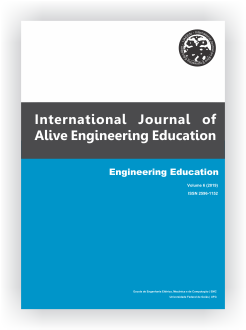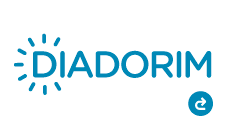Power Electronics Education A Contemporary Teaching Appproach
DOI:
https://doi.org/10.5216/ijaeedu.v6.59073Abstract
Currently, there is a growing demand for methodologies that best qualify engineering students at universities. These methodologies require a substantial change in Engineering Teaching programs improving or even changing the traditional ways of imparting knowledge to students. In Power Electronics (PE) study the factors that make learning difficult for Electrical Engineering students, in order for them to achieve full understanding of the subjects addressed in a first discipline in this area, are the academic maturity required coupled with their multidisciplinary nature. The problem is aggravated in practical activities, which demand the availability of a laboratory infrastructure with specific characteristics not always available. An alternative for the study of PE, with a more contemporary focus, is to introduce, through a new Instructional Design (ID) Project, not only the incorporation of more Hands-On activities that approach truly meaningful (authentic) contents. But also, new methodologies and technologies to support educational objectives that make full use of Digital Information and Communication Technologies (DICTs).This work proposes to develop and carry out a methodological design of a blended teaching for a power-electronics-based practical training program (PEBPTP) for students of the Electrical Engineering Course of the Federal University of Maranhão in Brazil. The proposed program is mainly based on the use of a digital controller (unified) based on FPGA, developed and realized specifically for control and power inverters study. From controller´s VHDL Code already realized, a Reuse Logic Block is generated (Intellectual Property Core (IP Core)), for use within the LabVIEW FPGA Hardware Description Environment. A Graphical Interface (GUI), more intuitive, and developed from the LabVIEW environment, will support the realization of the PEBPTP, for parameterizing the Controller, and show relevant figures of merit of the performance of the converter being study. The active methodologies, converging with the diverse possibilities of resources of the DICTs, implanted in the classroom, with the adequate contextualization of the specific resources of each area, contribute increasingly to the student being protagonist of their own knowledge construction. Finally is proposed, and in full adherence to a novel trend, that both the PEBPTP and the unified controller previously developed in FPGA are embedded in what is being named Lab-on-a-Chip (LoC). This embedded structure will allow access to the laboratory hands-on program via a web service that uses a fully programmable logic device (PLD) that incorporates an integrated structure known as System-on-a-Chip (SoC). The above proposals and experiences involve the mastery not only of curricular and technological knowledge, inherent to the training of an engineer, but of mainly, the pedagogical technological knowledge and correct use of DICTs. At this point, in particular, is founded our contribution within the context of Engineering Teaching, to advance in the improvement or perhaps in the modification of the "classroom" of engineering courses, which today go beyond the physical space of the university.
Downloads
Published
Issue
Section
License
Copyright
The author is responsible for the following statements by submitting an article electronically in the International Journal of Alive Engineering Education (IJAEEdu):
a) States that the document in question was reviewed by an expert in English language and it is an original work and it holds the prerogative to grant the rights contained in this license. It also states that the document does not infringe, as far as it is possible to know the rights of any other person or entity.
b) If the document in question contains material which does not hold the copyright, the author states have obtained the copyright holder’s permission to grant the Universidade Federal de Goiás (UFG) the rights required by this license, and that such material whose rights are third is clearly identified and acknowledged within the text or content of the document.
c) States that the study was conducted in accordance with the ethical standards of all applicable institutional, local, national and international guidelines.
d) It also states that any person appointed as author or co-author of the document is aware of it and agrees to be so appointed.
Authorization Form
As responsible for the submission of the document, I authorize the School of Electrical, Mechanical and Computer Engineering of the Federal University of Goiás to provide the paper free of charge, through the Electronic System for Publishing Magazines UFG (SEER / UFG) or in printed form, without compensation of copyright, in accordance with Law No. 9610/98. Is allowed, reading, printing and / or download, as a promotion of the Brazilian scientific production. Any use of the work not authorized under this license or the copyright law is prohibited.



